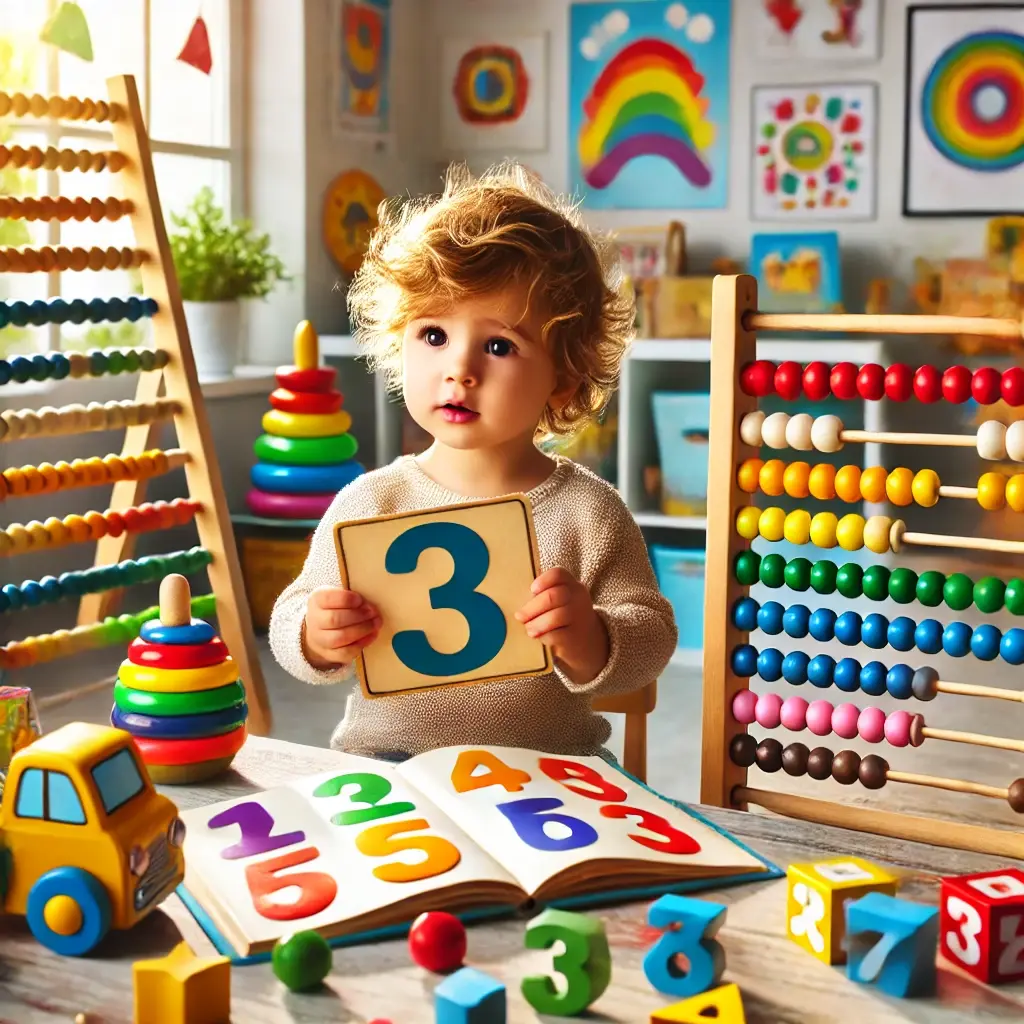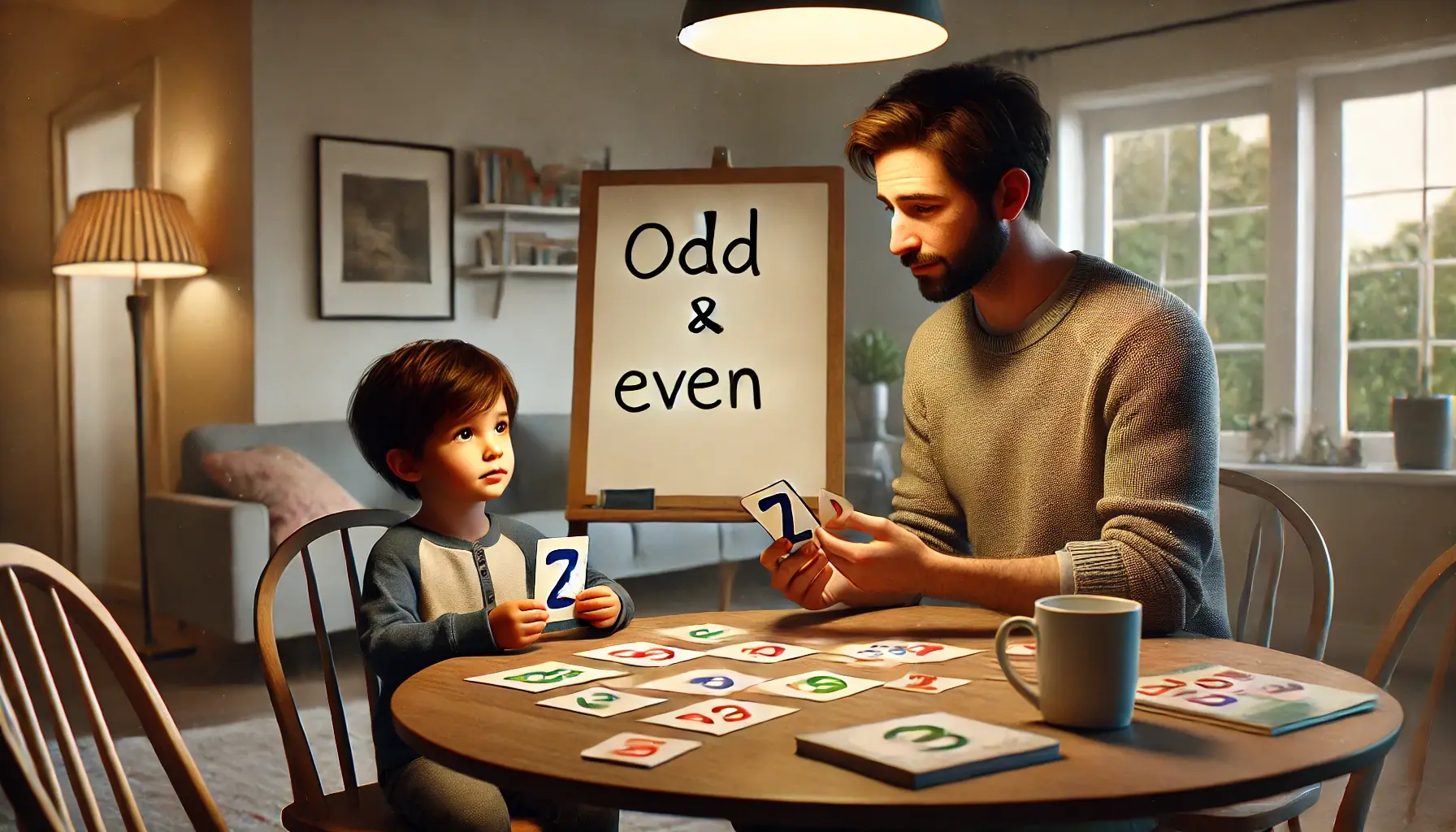9th-grade math introduces students to more complex and abstract concepts that build on their earlier learning. The topics covered during this year link the foundational math of earlier grades and the advanced concepts that will be discussed in high school courses. This stage helps students strengthen their problem-solving abilities and develop the analytical skills needed for higher-level math.
Throughout the 9th-grade math curriculum, students will engage with mathematical disciplines, including geometry, algebra, trigonometry, and probability. These subjects offer students a more integrated understanding of how math works in theoretical and real-world contexts. Below is a detailed breakdown of the 9th-grade math topics that 9th graders typically learn, helping to lay a strong foundation for their future studies.
Key Math Concepts for 9th Graders
1. Angles
In 9th grade, students revisit the basic concepts of angles they learned in previous years, but with a greater depth and complexity. They begin to explore advanced theorems such as the intersecting lines theorem and the parallel line theorem. The intersecting lines theorem helps students understand how angles are formed when two lines cross. In contrast, the parallel line theorem explores the relationships between angles formed by parallel lines intersected by a transversal. These theorems are needed for solving geometric problems involving angle measurements and relationships. They form the groundwork for more advanced geometric studies in high school and beyond. This unit helps students learn the geometric relationships needed for higher-level trigonometry and coordinate geometry topics.
2. Coordinate Geometry
Coordinate geometry or analytic geometry, is another key focus in the 9th-grade curriculum. Using the distance formula, students start working with points on a coordinate plane to calculate distances between two points. They also practice finding the midpoint of a line segment and calculating the slope of a line. These concepts are essential for understanding the relationships between algebra and geometry, allowing students to see how algebraic equations can represent geometric figures. Understanding the slope sets the stage for graphing linear equations and understanding the concept of parallel and perpendicular lines in algebra. This knowledge is also applied in real-life contexts, such as determining slopes in architecture or physics.
3. Circles
Circles form one of the most comprehensive and engaging topics in 9th-grade math. Students explore every aspect of circles, starting with basic parts such as the radius, diameter, chords, and tangents. They also learn to calculate key circle properties, like the circumference and area of a circle. As students explore this topic, they understand more advanced concepts, such as arcs, sectors, and tangents to a circle. They also practice writing and solving circle equations, learning to graph circles on a coordinate plane and deriving equations from a graph. This holistic understanding of circles is important for geometry and trigonometry, as circles are foundational in both disciplines.
4. Pythagorean Theorem
The Pythagorean Theorem is one of mathematics's most famous and widely used theorems. While students typically encounter this theorem in the 8th grade, 9th graders apply it in more complex scenarios. The theorem states that the square of the hypotenuse of a right triangle is equal to the sum of the squares of the other two sides. It is used extensively to solve problems involving right triangles and tangent lines. In 9th grade, students use the Pythagorean Theorem in straightforward calculations and solving more intricate geometric problems. The theorem's utility is further extended when applied alongside other concepts like the tangent line of a circle, helping students solve challenging problems in geometry and trigonometry.
5. Trigonometry
Trigonometry is one of the major new topics introduced in the 9th-grade curriculum. Students start with the basics, such as learning about trigonometric ratios (sine, cosine, and tangent) and how these ratios can be used to solve right triangle problems. They also explore concepts like Pythagorean identity and the trigonometry of complementary angles. Students learn about the trigonometry of similar triangles and reciprocal trigonometric functions (cosecant, secant, and cotangent). Students build a strong foundation in trigonometry by working through practice problems and exploring real-world applications. This foundation will support their success in higher-level math courses like calculus. By the end of 9th grade, students are expected to understand and apply basic trigonometric functions to various problems involving angles and triangles.
6. Probability
In 9th grade, students expand their knowledge of probability by revisiting basic concepts and exploring more complex ones. They learn to apply probability to solve real-world problems, often using Venn diagrams to represent different sets and their relationships. Word problems help students practice constructing Venn diagrams from the given information, allowing them to visualize probabilities more effectively. Students also tackle more advanced probability problems, like those involving multiple events or conditional probability, which is covered later in the curriculum. Understanding probability is essential for everyday decision-making, as well as for more advanced topics in statistics and mathematics.
7. Factorials
A factorial is a mathematical function that represents the product of all positive integers up to a given number. For example, 5! (read as "5 factorial") is equal to 5 × 4 × 3 × 2 × 1 = 120. Factorials play a crucial role in combinatorics and probability theory, especially when calculating permutations and combinations. In 9th grade, students learn how to find factorials for different integers and apply this knowledge to solve various counting problems. This concept is useful in understanding complex arrangements of objects or events and will be further developed in advanced probability and statistics.
8. Conditional Probability
Conditional probability is an extension of the probability concepts that students have previously learned. It deals with the probability of an event happening, given that another event has already occurred. For example, students might calculate the probability of drawing a red card from a deck of cards, given that a black card was already drawn. In 9th grade, students learn the formula for calculating conditional probability and practice using tables and word problems to solve real-life scenarios. Understanding conditional probability is required for tackling more advanced statistical concepts in the future. It also has significant applications in fields such as economics, risk management, and actuarial science.
9. Permutations (With and Without Repetition)
Permutations refer to the arrangement of objects in a specific order. In 9th grade, students are introduced to the concept of calculating permutations both with and without repetition. For example, the number of ways to arrange 3 objects (A, B, and C) is different depending on whether the same object can be used more than once. Permutations are used to solve complex probability problems, especially those involving ordered arrangements. This topic is a key part of the probability and combinatorics section of the 9th-grade curriculum and helps students develop a deeper understanding of counting principles.
10. Combinations (With and Without Repetition)
In contrast to permutations, combinations involve selecting objects without regard to order. For example, choosing 3 fruits from a basket of 5 is a combination problem because the order of selection does not matter. Students in 9th grade learn to calculate combinations both with and without repetition. They apply these skills to solve real-world problems, such as determining the number of ways to form a committee or create different meal combinations. Understanding combinations is essential for solving advanced probability problems and will be useful in many future mathematical and statistical contexts.
How to Support Your Child in 9th Grade Math
Supporting your child in learning math for 9th grade can make a big difference in their understanding and progress. As math becomes more complex, children might need additional help beyond the classroom. Here are several ways you can assist your child in getting 9th-grade math concepts:
- Encourage a Growth Mindset
One of the most important things you can do is foster a growth mindset. Remind your child that math is a skill they can improve with practice and that struggling with new concepts is a natural part of learning. Encourage them to view challenges as opportunities to grow, rather than signs of failure.
- Create a Consistent Study Routine
Helping your child establish a regular study routine will ensure they stay on top of their coursework. Set aside dedicated time for homework, reviewing class notes, and practicing math problems. Consistent review, especially for topics like trigonometry and probability, helps reinforce learning and builds long-term retention.
- Encourage Active Participation in Class
Remind your child to actively participate in math class by asking questions and engaging with the material. Being involved in class discussions and problem-solving exercises helps clarify their doubts and increases their overall understanding of the subject.
- Break Down Complex Problems
Math problems in 9th grade can become quite complex, especially in topics like geometry and trigonometry. Help your child approach these problems step-by-step by breaking them down into smaller, manageable parts. Working through the steps slowly will make the solution easier to understand and prevent them from feeling overwhelmed.
- Review Mistakes Together
When your child makes errors on homework or tests, use this as an opportunity to learn. Sit down together and go over the mistakes. Try to identify where they went wrong and how to correct it. This not only helps them understand the material better but also teaches them that mistakes are part of the learning process.
- Encourage Group Study or Peer Learning
Group study sessions with friends or classmates can be an effective way for your child to learn. When children work together, they can explain concepts to each other and solve problems collaboratively. Peer learning often helps them see the material from different perspectives and can reinforce their understanding.
Make Your 9th Grader a Math Pro with Genie Academy
At Genie Academy, we are committed to helping your 9th grader build a strong foundation in math through our specialized tutoring programs. Whether your child is mastering advanced geometry, trigonometry, or probability, our qualified tutors provide the guidance needed to succeed. With years of experience working with students of all ages and grades, our tutors are experts in providing personalized attention, ensuring that every student fully grasps complex concepts.
Our curriculum aligns with school standards and exceeds them, introducing advanced material that challenges students to think critically and solve problems creatively. With online and offline classes, we provide flexible learning options that fit into your family’s schedule. Genie Academy’s small class sizes mean your 9th grader will receive individualized instruction for building confidence and excelling in challenging topics. Our programs empower students to develop the problem-solving skills they need for success, not just in their current schoolwork, but also in future academic and professional endeavors.
With convenient locations in East Brunswick, Hillsborough, Marlboro, South Brunswick, Plainsboro, and South Plainfield, New Jersey, we make it easy for families across the region to access high-quality tutoring services. Discover more about our core values, philosophy, and success stories by reading our reviews and testimonials. Trust Genie Academy to help your child reach new academic heights and become a math pro.
Conclusion
9th-grade math is an important stage for developing the skills needed for higher-level studies and everyday problem-solving. Mastering concepts like geometry, trigonometry, and probability can be challenging, but with effective guidance, your child can succeed. By encouraging a growth mindset, consistent study habits, and seeking additional help when needed, you can help them thrive.
At Genie Academy, we’re dedicated to helping students excel in math with personalized tutoring and expert guidance. Your child can build a strong foundation for future academic success with the right approach and support.





